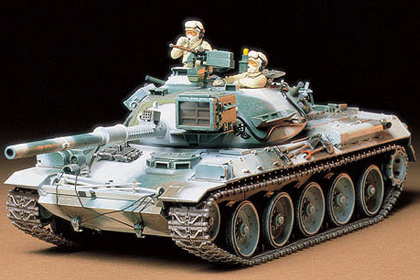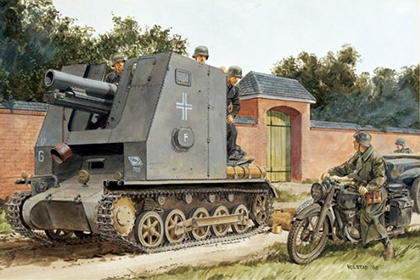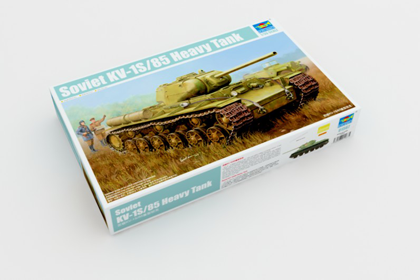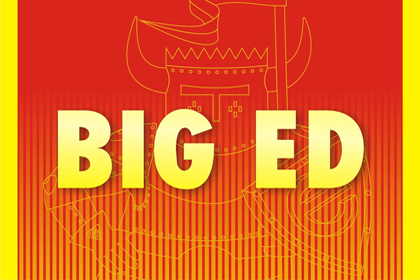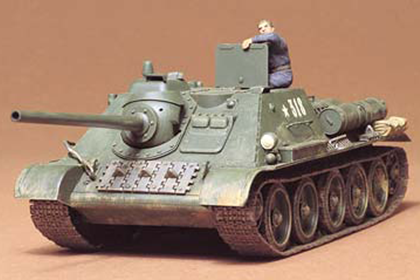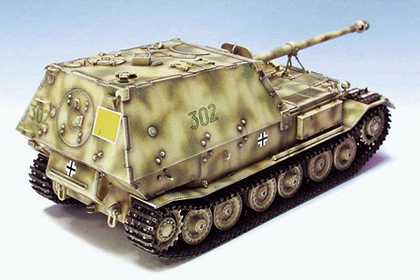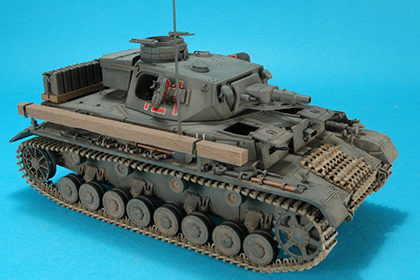
Aftermarket plastic wheels for my German vehicles, in 1/35 scale.
Please verify the vendor’s website, before using the information below
Panser III |
|||||||
| Pz.Kpfw.III, Ausf.A | A-6 | ||||||
| Pz.Kpfw.III, Ausf.B | A-6 | ||||||
| Pz.Kpfw.III, Ausf.E | A-6 | ||||||
| Pz.Kpfw.III, Ausf.F | A-6 | ||||||
| Pz.Kpfw.III, Ausf.G | A-6 | ||||||
| Pz.Kpfw.III, Ausf.H | A-6 | ||||||
| Pz.Kpfw.III, Ausf.J, Initial | A-6 | ||||||
| Pz.Kpfw.III, Ausf.J | A-6 | ||||||
| Pz.Kpfw.III, Ausf.K | A-6 | ||||||
| Pz.Kpfw.III, Ausf.L | A-6 | ||||||
| Pz.Kpfw.III, Ausf.M | A-6 | ||||||
| Pz.Kpfw.III, Ausf.N | A-6 | ||||||
Panzer IV |
|||||||
| Pz.Kpfw.IV, Ausf.A | |||||||
| Pz.Kpfw.IV, Ausf.B | |||||||
| Pz.Kpfw.IV, Ausf.C | |||||||
| Pz.Kpfw.IV, Ausf.D | |||||||
| Pz.Kpfw.IV, Ausf.E | |||||||
| Pz.Kpfw.IV, Ausf.F | |||||||
| Pz.Kpfw.IV, Ausf.F2 | |||||||
| Pz.Kpfw.IV, Ausf.G | |||||||
| Pz.Kpfw.IV, Ausf.H | |||||||
| Pz.Kpfw.IV, Ausf.J | |||||||
| Pz.Kpfw.IV, Bergepanzer | |||||||
| Pz.Kpfw.IV, Brückenleger | |||||||
| Pz.Kpfw.IV, Möbelwagen | |||||||
| Pz.Kpfw.IV, Ostwind | |||||||
| Pz.Kpfw.IV, Wirbelwind | |||||||
Heavy |
|||||||
| Tiger I, Initial | |||||||
| Tiger I, Early | |||||||
| Tiger I, Middle | |||||||
| Tiger I, Late | |||||||
Destroyer |
|||||||
| Elefant | |||||||
| Nashorn | |||||||
Assault |
|||||||
| StuG III, Ausf.A | A-6 | ||||||
| StuG III, Ausf.B | A-6 | ||||||
| StuG III, Ausf.C/D | A-6 | ||||||
| StuG III, Ausf.D | A-6 | ||||||
| StuG III, Ausf.E | A-6 | ||||||
| StuG III, Ausf.F | A-6 | ||||||
| StuG III, Ausf.F/8 | A-6 | ||||||
| StuG III, Ausf.G | A-6 | A-7 | |||||
| StuG III, Ausf.G – L/48 | A-6 | A-7 | |||||
| StuG IV | |||||||
| StuG IV, Sd.Kfz.167 | |||||||
| StuG IV – L/48 | |||||||
| StuG IV, Sd.Kfz.1 | |||||||
| Sturmtiger | |||||||
Half-track |
|||||||
| Sd.Kfz.7 | |||||||
| Sd.Kfz.9, Famo |
Source: Modelkasten
